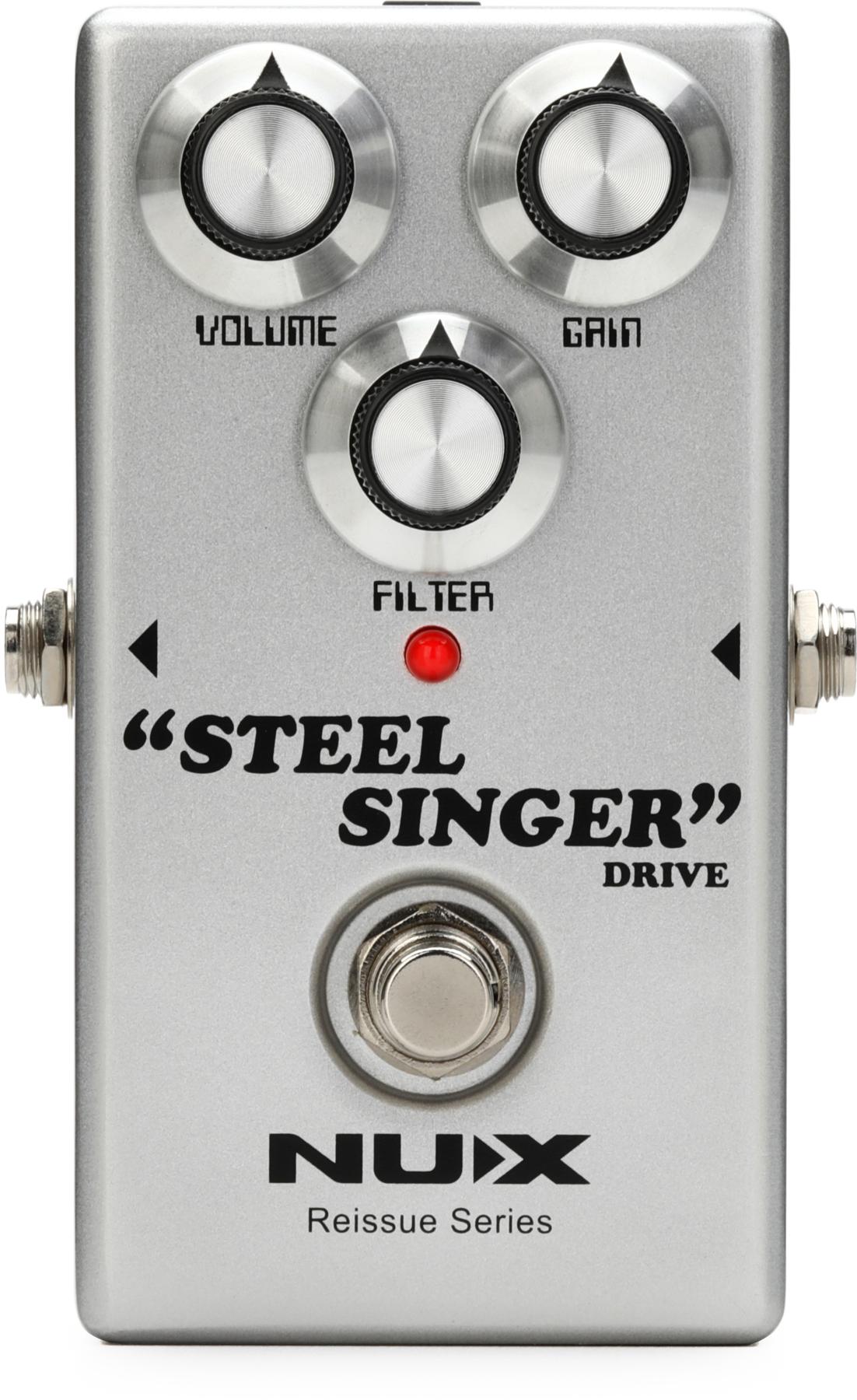I’ve recently received a few requests for information about the differences amongst the various Martin style types. So this month, I’ll briefly cover what those two digits next to the letter or numbers inside your Martin guitar represent.
C.F. Martin & Co. has most certainly been a pioneer in many ways when it comes to building guitars. But in my opinion, one of their most important innovations was how they began naming their guitars, a system that is still in use today. Martin started building guitars in 1833, and by 1898, they were using a standardized system to number their instruments by body shape and style. The first letters or numbers indicate the body shape (0, 00, OM, D, etc.) that are followed by a style number (15, 18, 28, 45, etc.), and separated by a dash. These style numbers indicate the construction materials and appointments of the guitar, and this system allows for several combinations between body shapes and styles. The following are the main style-classifications for Martin guitars.

Martin style types (left to right): Style 0-15, Style 0-21, Style 00-17, and Style D-28.
Style 15: All-mahogany body, no binding, rosewood fretboard and bridge, dot inlays, single grouping of soundhole rings. For many years, the Style 15 was Martin’s least-expensive guitar and considered a workhorse.
Style 18: Spruce top, mahogany back and sides, multi-ply binding (5-ply since 1932), rosewood fretboard and bridge, dot inlays, multi-ring soundhole ring. The Style 18 originally featured rosewood for the back and sides, but was changed to mahogany in 1917. Style 18 appointments have appeared on virtually every Martin model and it is their most common style.
Style 21: Spruce top, rosewood back and sides, single-ply black or tortoiseshell binding, rosewood or ebony fretboard and bridge (depending on the model). The Style 21 was traditionally Martin’s least-expensive model that used rosewood.
Style 28: Spruce top, rosewood back and sides, multi-ply binding with a white outer layer, ebony fretboard and bridge, dot inlays, a back stripe, and 5/9/5 grouping of soundhole rings. Style 28 instruments are often regarded as the best-playing, best-sounding Martins.
Style 35: Spruce top, 3-piece rosewood back, a bound fretboard, and additional blackand- white lines inlaid beneath the bindings. Otherwise, Style 35 is very similar to the Style 28. The 3-piece back was introduced because large enough pieces of Brazilian rosewood for 2-piece backs were becoming increasingly difficult to obtain in the 1960s.
Style 42: Spruce top, rosewood back and sides, ivory/ ivoroid binding, abalone top-border going around the fretboard, bound-ebony fretboard with snowflake inlays, and an abalone soundhole ring.
Style 45: Similar to the Style 42, except for the additional, abalone-pearl inlays around the sides, back, neck heel, and endpiece. For standard production, the Style 45 represents top-of-the-line appointments for Martin, and many Style 45 instruments— including the D-45 and OM-45—are some of the most valuable guitars on the vintage guitar market today.
Other common styles include the Style 16, which was first used on classical guitars in the 1960s, but is now represented on Martin’s modern, production instruments. The Style 17—very similar to the Style 15—was phased out as a regular production model by 1960 because of their similarities. There is also the Style 41, similar to the Style 42, but without abalone pearl around the fretboard. In fact, there are style classifications for just about every number between 1 and 45—some only produced in the 1800s, others more modern, and some in very small quantities.
This was and still is a well-devised system. Most Martin instruments can be identified and correctly classified by the number stamped inside the guitar. Of course there are exceptions—some minor and some major—as Martin’s styles have changed and evolved over time. Major changes include the switch from Brazilian rosewood to Indian rosewood in 1969 and ivory binding to ivoroid in the early 1900s. But for the most part, this is an enduring classification system.
Martin produces acoustic guitars for just about every price point and there are several books available that explain Martin’s styles in detail. With a little research, you can find out if your Martin is indeed a treasure!
 Zachary R. Fjestad
is author of Blue Book of
Acoustic Guitars, Blue Book
of Electric Guitars, and Blue
Book of Guitar Amplifiers.
For more information, visit
bluebookinc.com or email
Zach at guitars@bluebookinc.com.
Zachary R. Fjestad
is author of Blue Book of
Acoustic Guitars, Blue Book
of Electric Guitars, and Blue
Book of Guitar Amplifiers.
For more information, visit
bluebookinc.com or email
Zach at guitars@bluebookinc.com.










![Rig Rundown: Russian Circles’ Mike Sullivan [2025]](https://www.premierguitar.com/media-library/youtube.jpg?id=62303631&width=1245&height=700&quality=70&coordinates=0%2C0%2C0%2C0)













